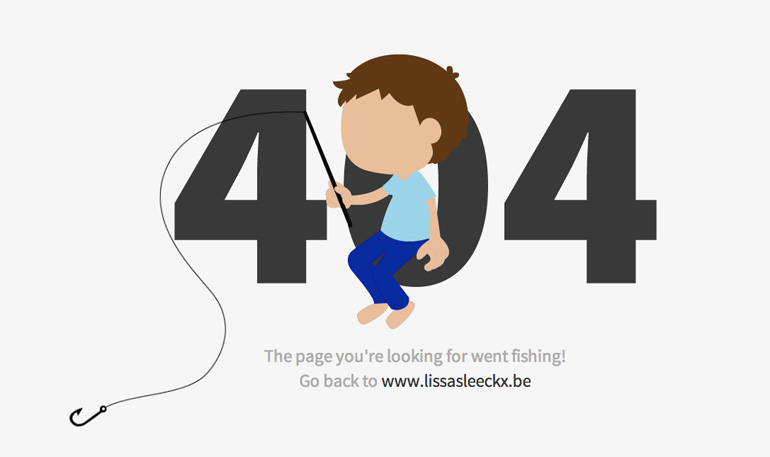The content of your website can be really beautiful and interesting, but if nobody knows how your website works, you probably won’t achieve your desired goals. With millions of websites online, the design and usability of your website can make it stand out from the crowd.
In this article we made a summary of the most important aspects of website usability. We also show some tools which let you instantly measure the effects of the adjustments made on your website.
01. Does everything work? On every browser and on every device?
The first and most important aspect of usability is that everything on your website works correctly. Every link, button, video and page should serve its purpose. It also needs to work on different web browsers, mobile devices, desktop pc’s, tablets etc. This is pretty complicated to achieve, because every device has its limitations or specific requirements. For example, Ipads cannot show Flash objects and require special attention when building a website. A few nice tools to check how your website works in different browsers are Browserstack en Browsera. With Ipadpeek can you see how your website looks on an Ipad or other tablet.
Making sure that everything works also requires some dedicated website management. If you decide to remove a page form your website, it is likely that you have to remove remaining links to this page on other areas within your website. Also make sure you build a custom error page (also called 404 page) in case you forget to remove an old link. When visitors try to open a page which no longer exists on your website, they will be forwarded to this 404 page. You can see an example of a 404 page below. It is important to not just tell your visitors that the page cannot be found, but also give them the option to go back to the homepage or contact you about it.

02. Learn from the Pro’s!
Who checks out some of the larger web blogs & companies, will quickly spot some common practices. That is of course no coincidence. Researchers have proven that most people look to a website on the same way, they read a website in an F form. This means from the left top to the right and then down to the bottom. It is important to put the most important elements of your website within these areas.
Besides this, there are some other common rules regarding to the structure of a website, which visitors instantly recognize and often also aspects. Some of these rules are:
- The company logo is placed on the left top side of a web page.
- The navigation menu can be found vertically on the left side or horizontally on the top side, preferably next to the logo.
- There is always a literal link to your homepage. (Written down, so not just a clickable logo!)
- Buttons actually look like buttons, for example the red buttons inside the picture below
- Successful website don’t use too many colors within their text.

03. Think like your visitors
It sounds simple, but it is much harder in reality. A lot of website owners have trouble analyzing their website objectively. The interaction makes perfect sense to you, but your visitors click around without a clue. Watching the actions of your visitors van give you a lot of great feedback about the usability of your website. It is also a great tool to see the effects of your improvements in real-time.
There are several ways to watch your visitors:
- Watch your visitors online with tools from Ghostrec en Mouseflow. They can record all the movements of your visitors mouse pointer on your website en show you were the most active areas are.
- Testing AB. This means that you make 2 versions of your website with minor differences. You can compare the results with Google analytics and decide which one is more successful for you.
- Observing your visitors in real life. This can be challenging to test, but can give you a lot more direct and useful feedback.




Very, very helpful! Thank you!